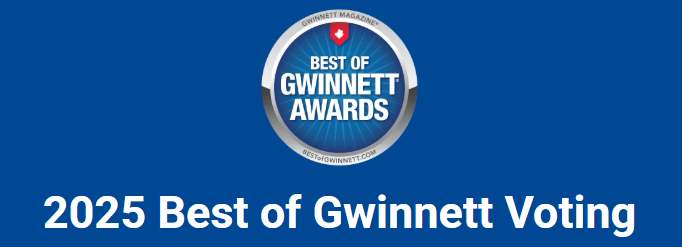Happy People Equals a Happy Team
Building a Better Team
A team is comprised of many components but working small and acting large often produces the best results. Smaller teams communicate more effectively and offer more creative and innovative ideas. A smaller team tends to be more results-driven and often takes more risks and in the same respect, more willing to contribute new ideas without fear of being criticized for thinking outside of the proverbial box. A solid team will develop trust and willingness to positively address mistakes and know that any failure is another opportunity to get it right. A supportive work environment will allow every team member an opportunity to contribute and the opportunity to know that their ideas will make an impact.
Another facet of building a better team is encouraging productivity without micro-management. If the team is aware of the expectations for achieving results and deadlines, they can work at a pace that will ebb and flow. In most cases, a team will be successful without incentives, but a little encouragement goes a long way. Who doesn’t like a treat on someone else’s dime? While flexible working hours are not new, after the pandemic, a more flexible working schedule became more common, and some employers found that offering non-traditional work schedules resulted in stronger productivity.
Employees like to be challenged as well. When employees become settled in their position, they become stale and sometimes unfocused. By encouraging training and new ideas, a team will become refreshed and more productive. Training also shows a team that the company believes in them enough to invest time and money to teach new tools. Once these standards are in place, a company can show the employees that they actively and supportively provide a safe and inclusive environment that is fair and promotes equality.
How Do You Keep The Pace
It is one thing to invest time in developing the best team but keeping your employees on board takes effort and communication. The expression: “a chain is only as strong as its weakest link” seems applicable. A good team also needs a good leader. Humans also tend to follow a crowd and building a strong and cohesive team is only part of the process. A good leader sets the example and others will follow. A strong leader will communicate effectively and with transparency and share a clear vision. By communicating the importance of an employee’s work efforts to the overall success of the organization, an employee will understand the importance of their contribution. An effective management process will communicate the goals and performance expectations, use objectives and measurements, offer coaching updates and feedback and identify any problems early to formulate any plan or action. Maintaining a good team takes effort and communication from all employees. At any time, a member of a team should be aware of his job performance. Performance reviews should happen frequently and offer direction. Continual coaching and training will build confidence and support with a degree of loyalty and respect.
How Do You Plan for Your Future
Escaping a toxic workplace is the second most noted reason people resign from a job and the most noted reasons people leave are often due to lack of money and opportunity. Signs of a toxic workplace include poor communication, constant turnover and lack of enthusiasm from peers, and a sense of fear. Company culture is all about how a business treats its employees. Some employees stay and do the bare minimum (quiet quitting), while other employees take advantage of the company's perks and benefits. Some employees complain of bad bosses, too much workload, lack of recognition, relationships with co-workers, lack of advancement, no clear goals, or corporate culture. Retention rates are dependent on managers and leaders developing a genuine relationship with their staff and formulating loyalty. Frequent check-ins with employees will give a measurement of the status of the overall climate of the staff. A toxic boss or a poor company culture is enough for anyone to leave and sometimes without much notice. Hiring the right person and monitoring their progress will gauge whether the new addition will be a good fit.
The Whole Package
An employee spends approximately 40 hours with the same people, doing the same type of work and sometimes the environment gets stale. Keeping the team fresh and revitalized takes effort and sometimes the great motivator of the group is not always the person in charge. Undiscovered champions of the team may leave notes of encouragement, deliver a birthday card signed by the group, and share a bowl of candy or a baked treat. Small signs of appreciation go a long way. A leader that says thank you or a peer that offers help, having an open line of communication, or supporting new ideas are a few ways of keeping everyone happy. A happy team will transmit energy to others and a positive environment is contagious.
An Organized Business Helps Reduce Stress
An organized, well-run business helps to reduce employee stress as well. Part of that is ensuring that accounting and bookkeeping are handled properly. If your small business needs assistance in this area, contact us today to learn more about our accounting services.











